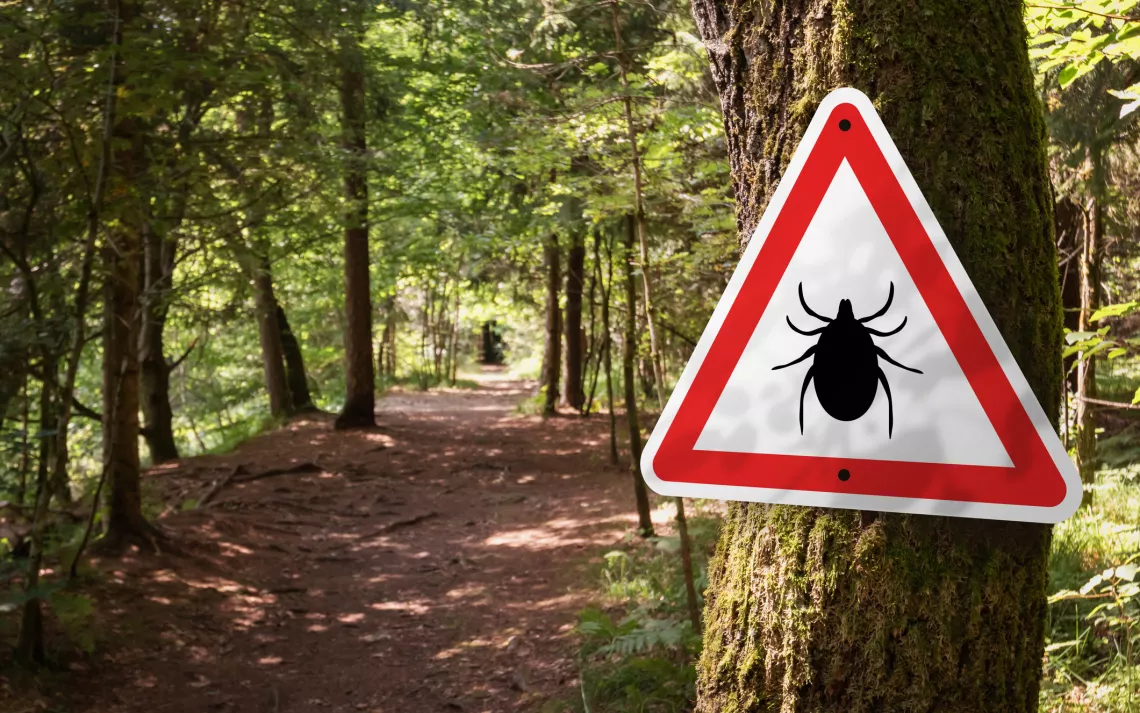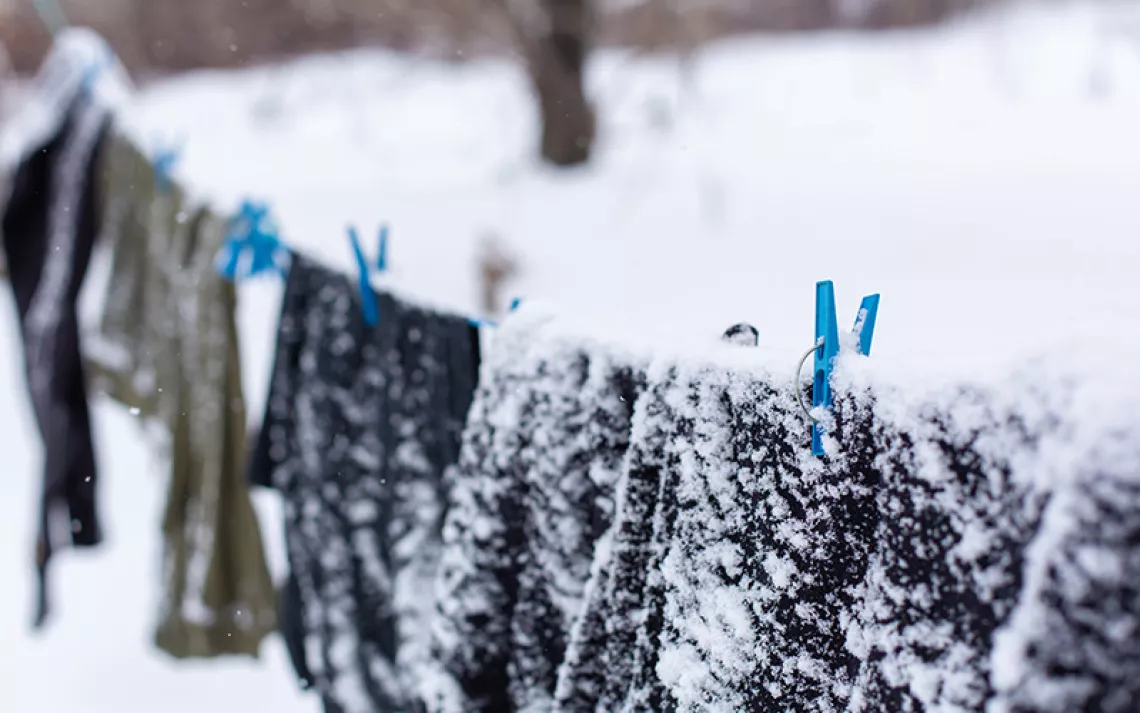Staying Safe From Ticks
The most efficient way to minimize the risk of Lyme disease from ticks

Hey Mr. Green,
I work outdoors in tall grass that harbors ticks. I've heard that unless you wash your clothes in hot water and dry them in the dryer, ticks can survive in the fabric. True? If so, the daily wash-and-dry routine, plus a shower, seems incredibly energy-intensive. Is there a more efficient way to minimize my risk of Lyme disease from ticks?--Rowan in Aberdeen, Maryland
When trying to save energy, we sometimes forget other environmental hazards. The amount of resources you'd consume de-ticking your duds might be far less than you'd end up burning for doctor visits, hospital stays, or, God forbid, having to drive everywhere because you'd gotten so decrepit.
The U.S. Centers for Disease Control recommends removing ticks from clothes, washing the clothing in hot water, then drying it in high heat for a full hour--though the American Lyme Disease Foundation says just 20 minutes will do. The high-heat part is especially important; research shows that these bloodsucking micro-menaces can survive a strong washing but not extended exposure to high temperatures.
Lyme disease is on the rise in the United States, with nearly 30,000 confirmed cases reported in 2009. Ironically, this may be partly the result of two great environmental triumphs: the regrowth of forests and the resurgence of deer, which carry ticks, from a low of 500,000 in the early 1900s to 30 million today.
Whatever the reason for Lyme disease's revival, don't hold back on efforts to avoid it; doing so would represent a false economy.
 The Magazine of The Sierra Club
The Magazine of The Sierra Club



